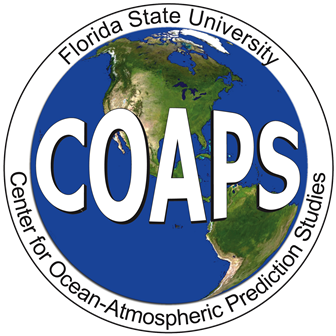Benefits
Observations in the Big Bend Region support NOAA's need to understand atmospheric and oceanic variability in the region. These observations can be used to examine local fisheries and the influence of the freshwater input from coastal rivers and estuaries into the northern Gulf. Atmospheric observations provide the National Weather Service with point observations to validate their offshore forecasts and to monitor extreme coastal weather events. As we continue the time series of oceanic and atmospheric observations, we may begin to identify climatic variability on a variety of timescales that impacts the region. Such impacts may stress the shallow-water environments by floods, droughts, and extreme wind events as well as long-term modifications to riverine inflow.
The Big Bend Region of the northern Gulf of Mexico stands as one of the few remaining, relatively unimpacted stretches of Florida coastline. It is home to a variety of commercially lucrative fisheries and a source of considerable leisure and sport activity for the Gulf of Mexico states. The region's rich ecology is threatened by development and water-usage practices that raise nutrient inputs to unsustainable levels. The potential for future offshore oil drilling also makes it imperative that we continue to monitor this region. Continued observations provide the baseline data needed to construct a thorough understanding of the BBR. Such information is critical to the development of a sustainable ecosystem in the BBR, the mitigation of coastal hazards, and the assessment of the regional impact of climate variability.


